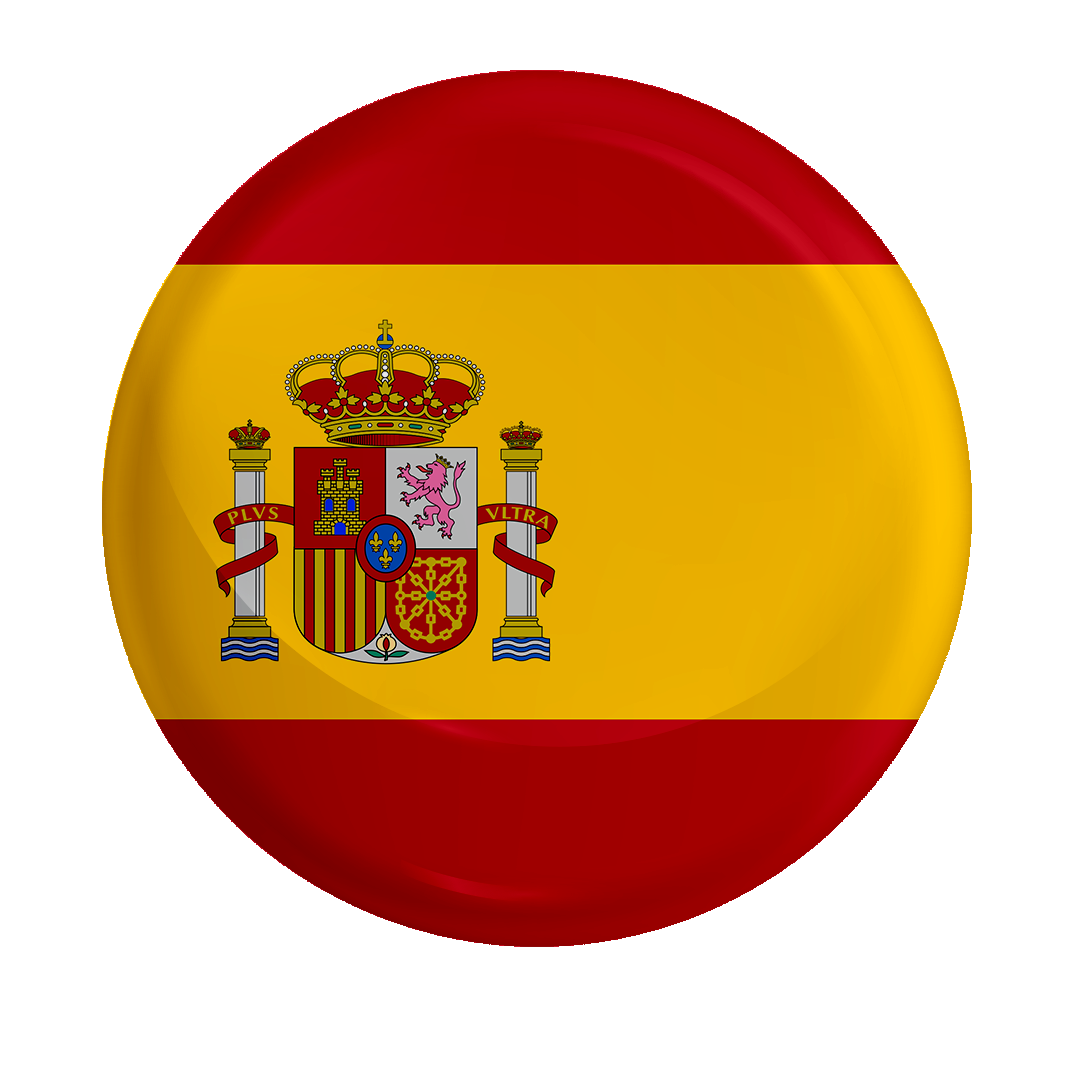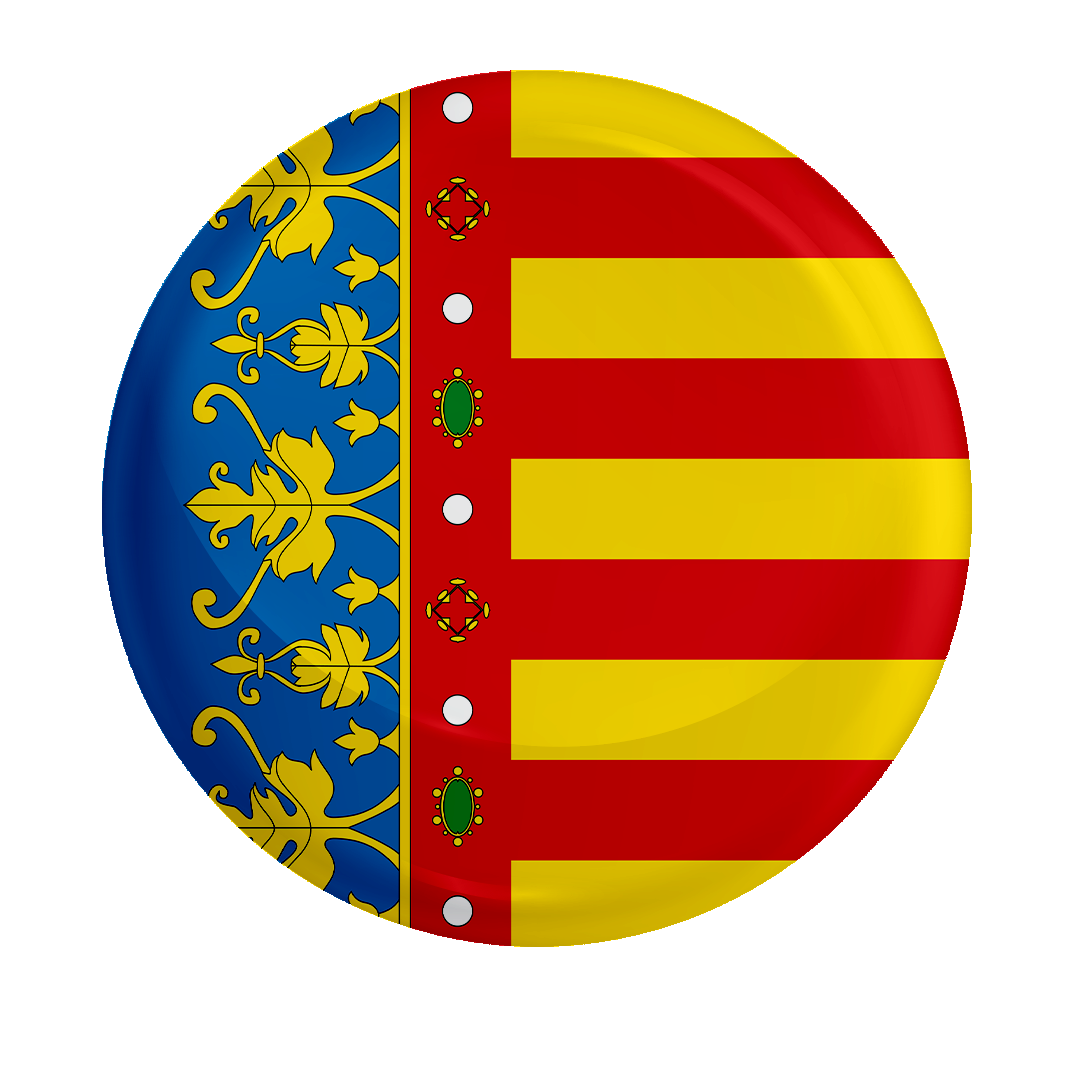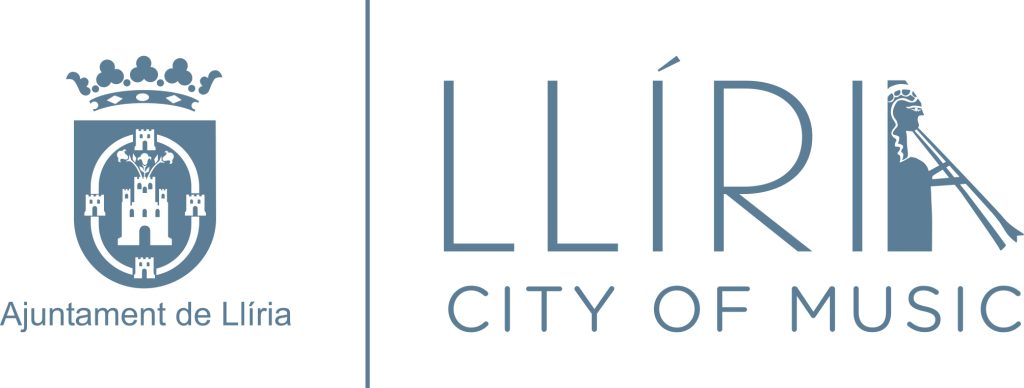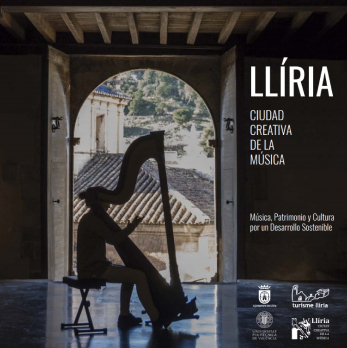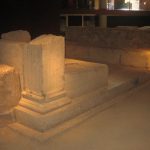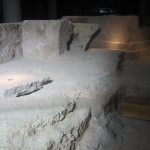Llíria shows internationally this week its creative and innovative spirit with three special concerts and a forum organized by the City Council about the Creativity and Innovation Day. Important local, national and international artists, historians and creative people will place value on culture and wit as vehicles of development throughout the centuries. All this accompanied by the best music.
The World Creativity and Innovation Day celebrated every year on April 21, proclaimed by the UN, and its main objective is to reveal all the creative potential of people worldwide.
Llíria, UNESCO Creative City of Music, has wished to take advantage of this date to articulate a series of events of international significance, in alliance with other cities of the UNESCO Network and with the private sector. This week, promoted by Turisme Llíria and the Museu Arqueològic de Llíria (MALL), the representation of the musical bands Unió Musical and La Primitiva, as well as of the Conservatori Municipal, which will contribute some of its most brilliant musicians in three unforgettable concerts.
Day on Women and Art at the Museu de Prehistòria
Next Tuesday, April 20, the Museu de Prehistòria de València will host a day dedicated to creativity and innovation in art through history. The forum will begin at 11 am with a presentation by the director of the Museum, María Jesús de Pedro, together with the provincial deputy for Culture, Xavier Rius, and the mayor of Llíria, Manuel Civera, under the title of ‘Kalathos de la Danza’, a valuable Iberian piece found in the 3rd-2nd centuries BC in the old Edeta, in an area very close to the current Llíria, which represents a group of musicians and dancers. From this piece the current image of the city is born, whose icon is an Iberian woman playing a long double flute.
Afterwards, the historian Raquel Jiménez, representing the Creative City of Burgos, will offer a presentation on the origin of music: “The first sound instruments”. This world expert in archeomusicology has published a book on the subject within the series ‘Cuadernos de Atapuerca’, closely linked to Burgos, Creative City of Gastronomy.
Thereafter, Jiménez will join the forum “Women and Art throughout History”, where four women from different creative and academic branches will talk about music, ceramics, tradition and innovation. This forum has the support of the Patronato Provincial València Turisme. In addition to Raquel Jiménez herself, associate professor of Music History and Sciences at the University of Valladolid and associate researcher of the ERC ArtSoundscapes Project at the University of Barcelona, there will be Elvira Asensi, Virginia ‘Guantanamera’ and Nuria Arnal. Elvira Asensi is a musicologist historian from Llíria and a professor at the University of Valencia. Nuria Arnal is a ceramic artist, and she represents Manises, this year candidate to be designated Creative City of Crafts and Folk Art. Finally, Virginia ‘Guantanamera’ is a Cuban singer and songwriter who represents Havana, Creative City of Music, an ally of Llíria across the ocean for this week of cultural events. Daniela González, president of the Federation of Musical Societies of the Valencian Community, will close the day.
After the interesting forum, starting at 1 pm, the candidacy of Manises will offer the concert-performance “Cuerpos Sonoros”, based on ceramic instruments.
Tribute concert to pioneer Abelardo Salvo
On Wednesday 21 at 12 pm, the unpublished recording of the opening concert of the ‘Abelardo Salvo Babiloni’ Auditorium will be offered through the municipal YouTube channel, at the headquarters of the Power Electronics company in Llíria. Abelardo Salvo, founder of this leading Valencian company in its sector, was one of the pioneers of electronics in Valencia. In his honour, the ‘Camerata Llíria City of Music-UIMP’ will perform, which is conducted by Vicent Pelechano, leading conductor of the Menéndez Pelayo International University Orchestra, and linked to Llíria through different projects. The ‘Camerata Llíria City of Music’ offers the recital ‘La Creatividad Barroca’, with music from one of the periods of greatest creative explosiveness, which continues to inspire Edetan musicians just as Abelardo Salvo keeps inspiring with his legacy such ambitious and innovative projects such as the ‘Alianza Valenciana de Baterías’.
Concert dedicated to Valencian Creativity and Innovation
On Wednesday, the Unió Musical de Llíria Youth Orchestra, conducted by Pascual Cabanes, will offer a special concert at the theatre Unió Musical de Llíria at 7.30 pm. Tickets for this show are already sold out but it can be followed live through the YouTube channel of the Llíria City Council.
Local artists will pay musical tribute to Valencian creativity, while the Cuban Virginia Guantanamera, representing Havana Creative City of Music, will contribute her music from the other side of the Atlantic. Thus, Maria Faubel, Empar Llàcer, Marcel·lí Garcia, Manuel Torres, ‘Els Últims Romàntics’, and the ‘Grup de Danses i Rondalla i El Tossal’ and the Colla Pastrana will also perform.
Tribute to the origins of the author’s song
The week around Creativity and Innovation will close on Saturday, April 24 at 7:30 pm at the theatre Banda Primitiva, where the singer DiaMar will present the program “RaíceS”. It is a tribute to the origins of the author’s song, a show where dance, music and stories about women are mixed.

